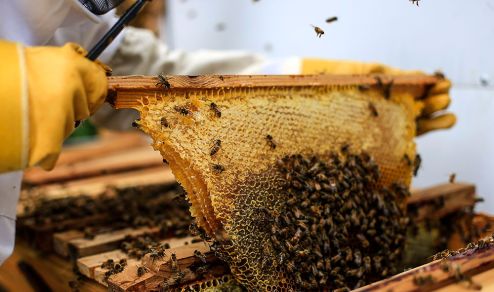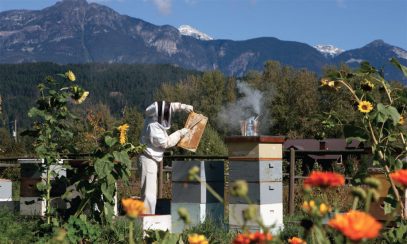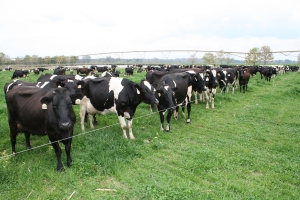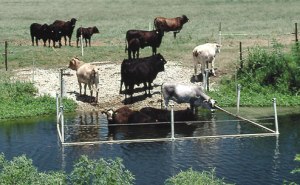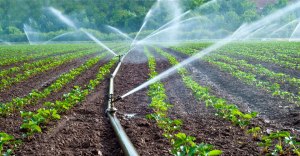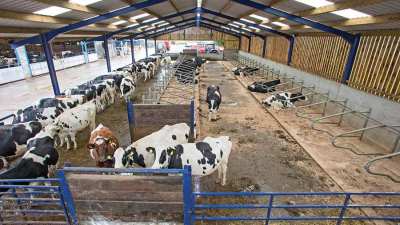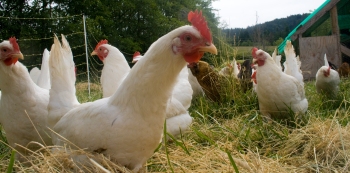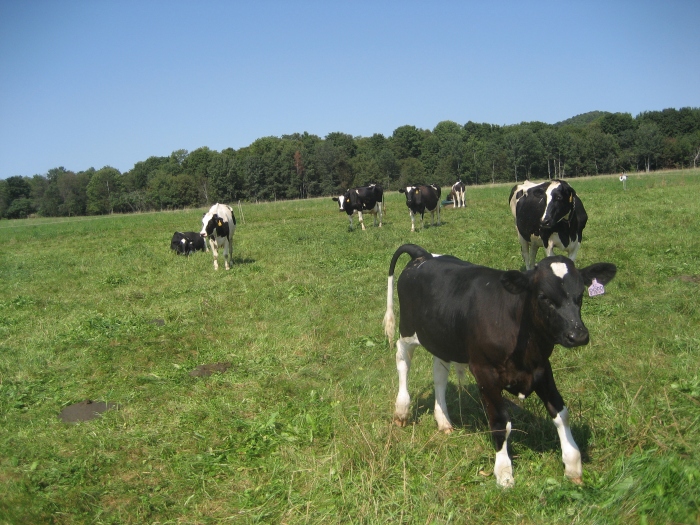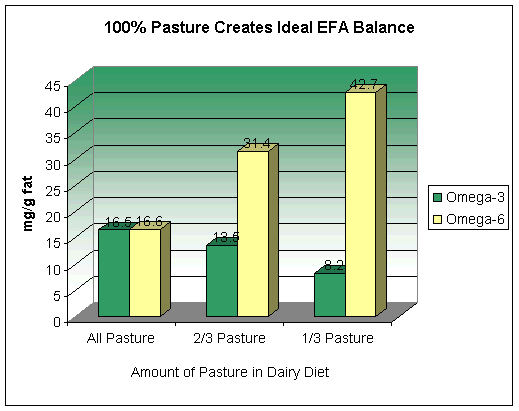Farms should thrive in the natural mutualism offered by the existing ecosystem. Even if owners exercise relative control in some management aspects of the farm, and technologies are employed up to a certain point, the interventions and disruptions must seamlessly coincide with the elemental patterns of biomass in any given area. Allowing this organic interconnectedness to prosper will bring about benefits to farmers and their customers.
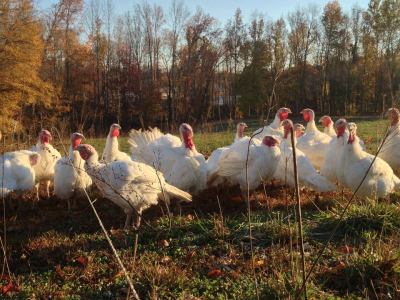 Image source: facebook.com
Image source: facebook.com
One crucial facet of farming is raising livestock, and a major concern that comes with it is pasturage. An efficient way of getting the most out of one’s acreage is through managed grazing. Pasture management can dramatically increase livestock productivity and health. There might not necessarily be a big difference between rotational grazing in big farms and small ones. Since this type of management requires infrastructure like water lines and whatnot, larger farms would probably invest more money on these facilities per acre.
For smaller farms, more portable and movable structures can be used because those can be more economical in the end. One must simply determine what type or kind is needed for particular animals. Pastured poultry can benefit from portable coops and tractors that should be moved to various areas of the land to evenly distribute their fertile manure throughout the area. An electric fence can be used to oversee the movement of larger animals like cows.
Small-scale rotational grazing will also present a number of considerations like the size of paddocks, which naturally depends on the size of one’s herd or the frequency of animal movement. Daily would certainly be the ideal frequency. Nutrition can be maintained at this rate, and the distribution of the manure for the consistent supply of fertilizer to the land would be sustained.
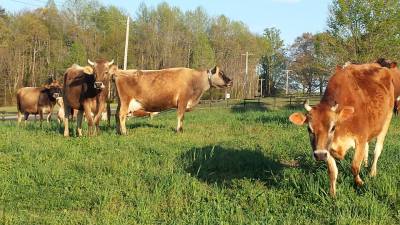 Image source: facebook.com
Image source: facebook.com
Geoffrey Morell offers raw milk cheeses, beef and veal, chicken and eggs, seasonal turkey, and more through his farm, P.A. Bowen Farmstead. All of the farm animals are fed through rotational grazing because healthier animals promote better nutrition for the community. For more updates on better farming methods, visit this website.
